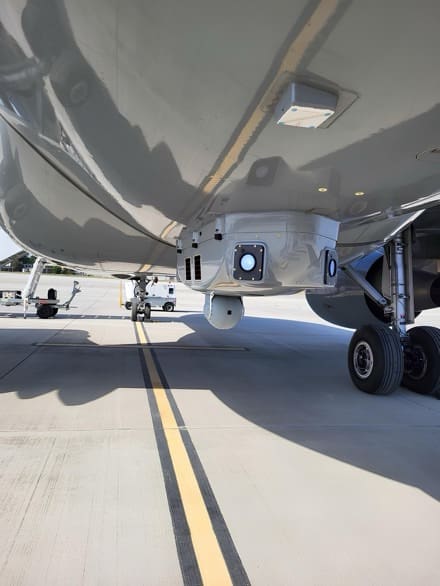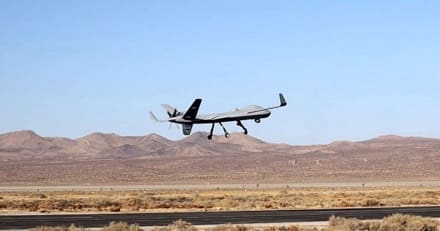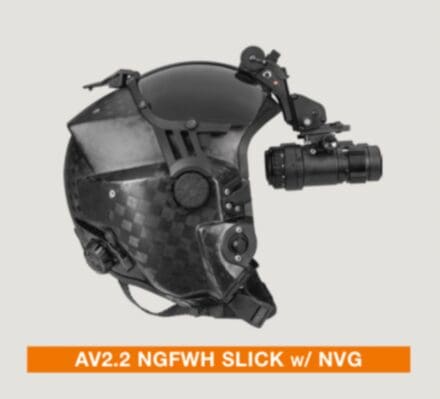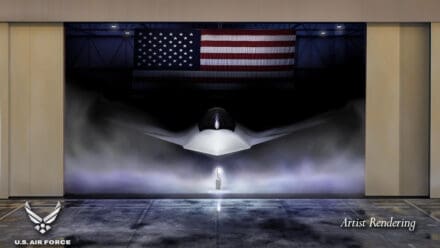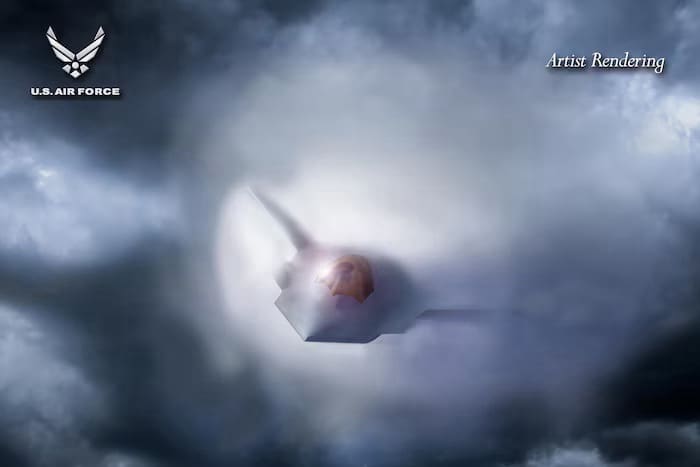The pioneering company will show how its latest ATV (All Terrain Vehicle) aerostat system can provide a superior solution for border security professionals.
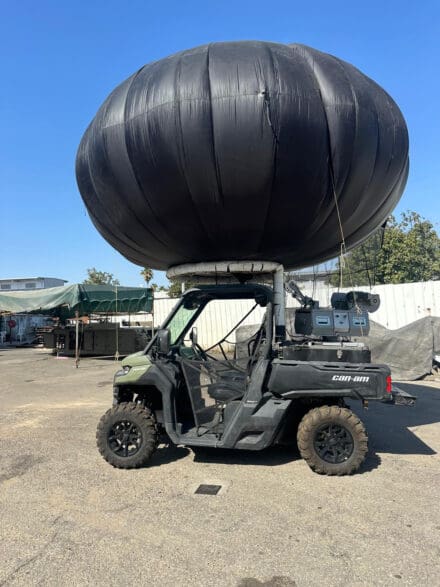
TX, USA – April 2, 2025 – RT LTA Systems Ltd., a global leader inthe development and manufacture of aerostat systems for intelligence, surveillance, reconnaissance (ISR) and communications, will showcase its full range of advanced aerostat solutions at the upcoming Border Security Expo in Phoenix, Arizona. Alongside its U.S. subsidiary, RT Aerostat Systems, Inc., the company will present its innovative mobile aerostat platforms, offering critical solutions to U.S. Customs and Border Protection (CBP) and other security agencies.
RT’s persistent, elevated surveillance and communicationssolutions provide 360-degree coverage over vast areas, delivering real-time intelligence, early warning alerts and enhanced situational awareness. With nearly three decades of operational experience and over six million flight hours, RT has established itself as a trusted provider of combat-proven aerostat systems. Designed for extreme weather conditions, these systems prioritize multi-domain versatility and user-friendliness—critical factors when securing a nation’s extensive borders.
Each aerostat system consists of a ground control station, a ground system module, a tether, a lighter-than-air platform, a stabilized payload platform and an advanced sensor suite. The systems can be rapidly deployed by a
small crew, making them ideal for border security missions. RT’s systems support a variety of payloads, including radars, COMINT/ELINT modules, electro-optical (EO) and infrared (IR) cameras, as well as communications equipment, ensuring high adaptability for various mission types and seamless interoperability with other field assets, such as UAVs, drones and ground forces.RT’s Skystar™ tactical aerostats provide high mobility and cost efficiency, carrying diverse payloads at altitudes of up to 1,500 feet. The larger, blimp-shaped Skyguard aerostat family can reach up to 20,000 feet, ensuring comprehensive surveillance across expansive geographic areas. RT’s systems have consistently proven their reliability and adaptability across a wide range of environments,from deserts and mountains to maritime settings, offering 24/7 surveillance and communications, even in the harshest conditions.
A standout among RT’s offerings is its compact tactical aerostat mounted on an ATV. Engineered for real-time reconnaissanceacross rugged terrains, and with rapid deployment and maneuverability both on- and off-road, the system can markedly improve flexibility and efficiency for border security operations. This unique system can be operated locally or remotely – from the site or from a distance – supporting EO/IR cameras and communication payloads at altitudes up to 1,500 feet, with real-time data transmission to command and control centers. This robust aerostat solution is easily transportable and operable with minimal training by a small team. The system offers medium-range surveillance capabilities, with swift assembly and launch within 15 minutes. Control is effortlessly managed through a handheld personal control system, making it an ideal choice for diverse surveillance missions.
Rami Shmueli, RT’s CEO, emphasized the company’s commitment to providing reliable, long-endurance surveillance solutions: “For years, we have delivered cutting-edge aerostat technologies to border security agencies worldwide. Our highly mobile and versatile systems are designed to address the evolving challenges of the U.S. Southern Border and beyond. With our Texas-based subsidiary, we are well-positioned to equip U.S. border security agencies with state-of-the-art ISR solutions.”
RT will present its SkyStar™ and Skyguard Aerostat systems at the upcoming Border Security Expo 2025, taking place at the Phoenix Convention Center, South Building, 8-9 April, 2025 (booth #239). Visitors and delegates are encouraged to reach out in advance to schedule an in-person meeting.


